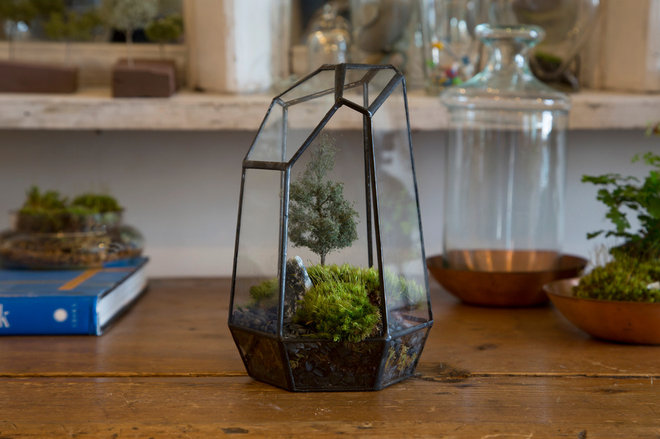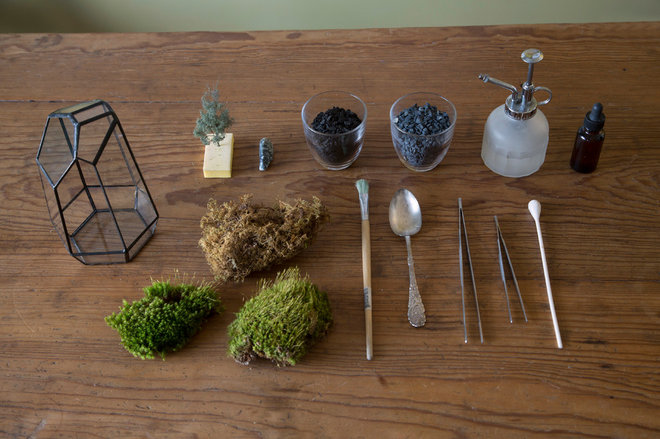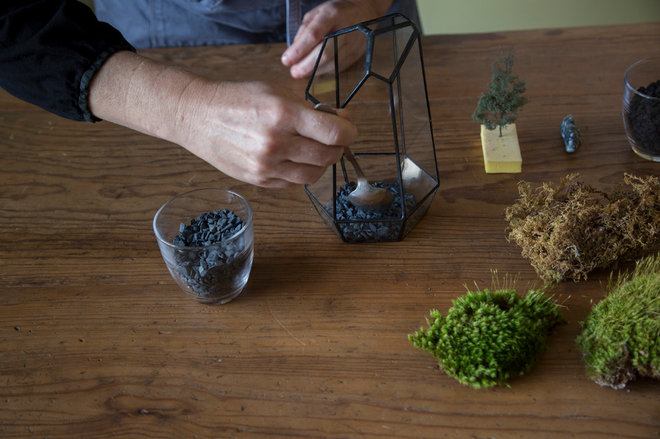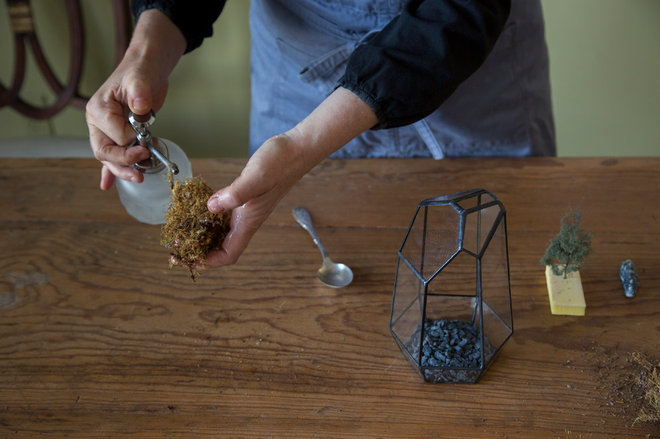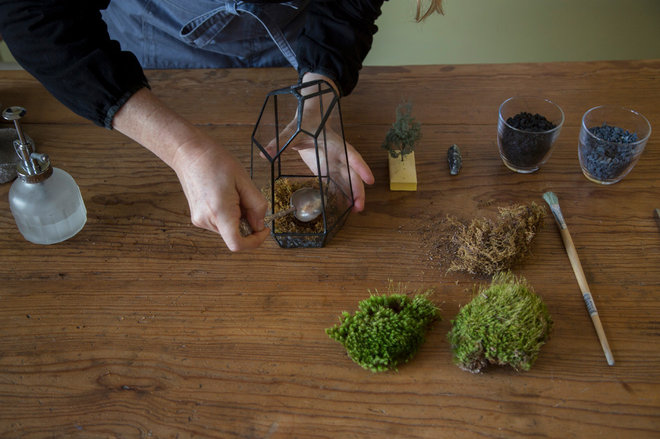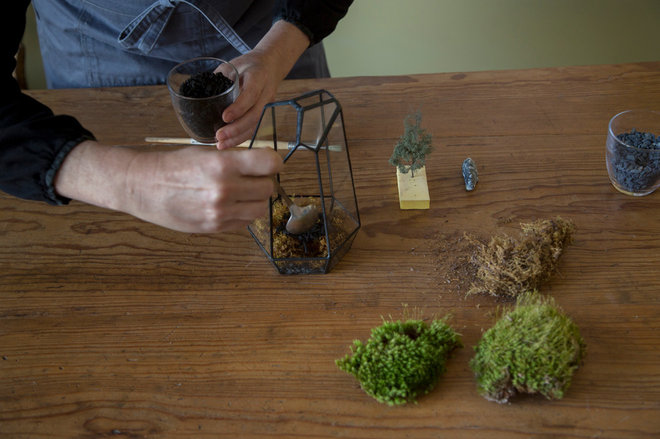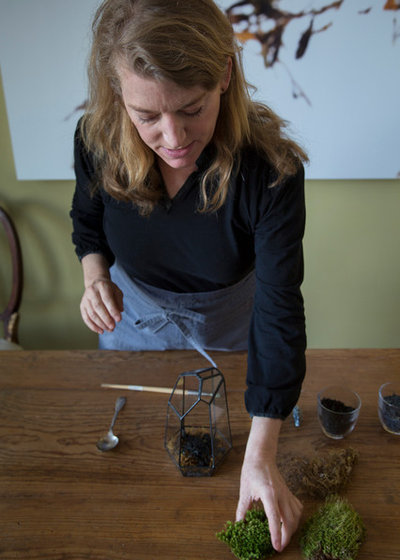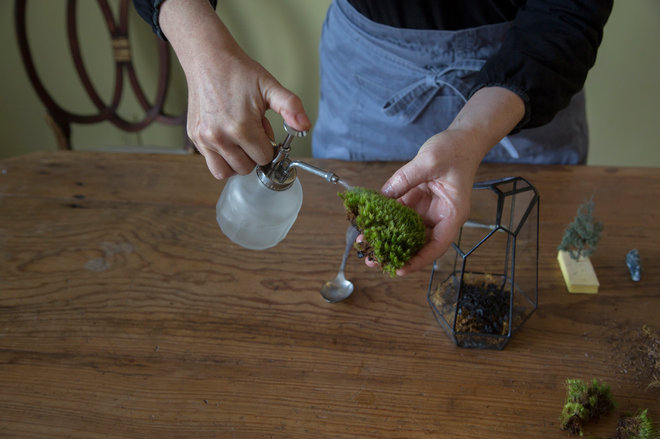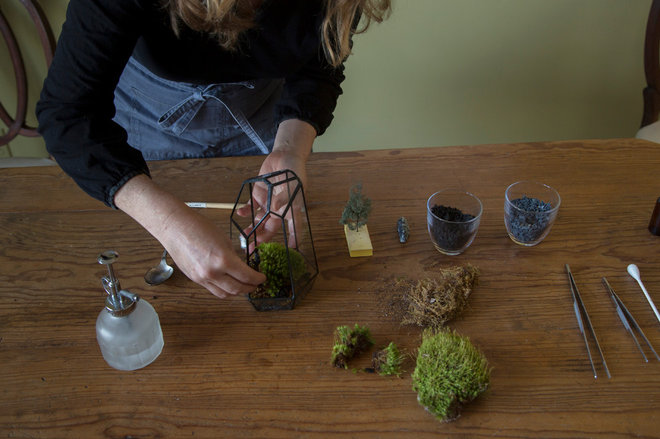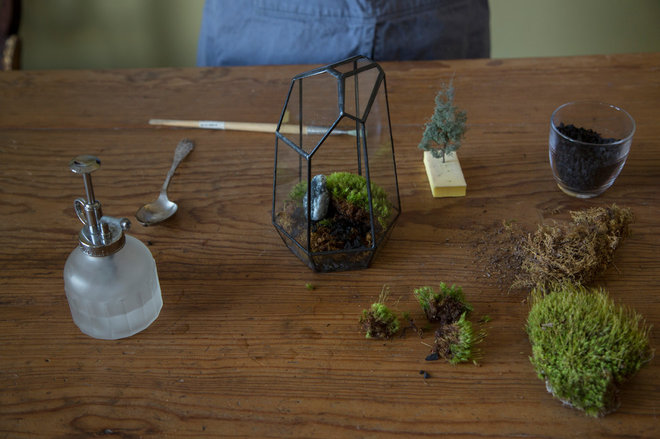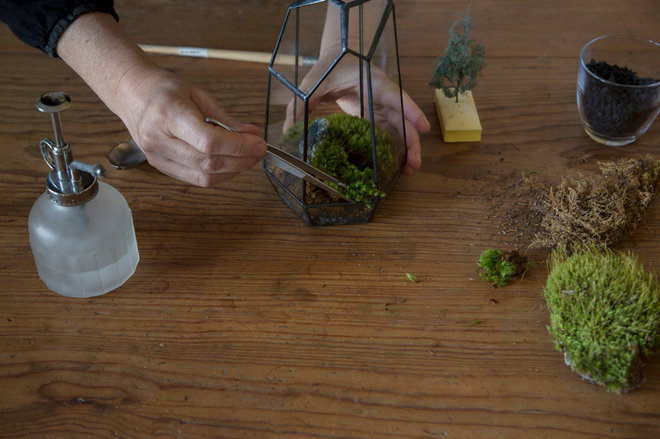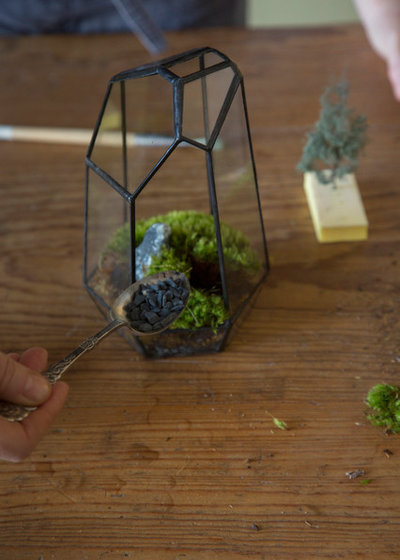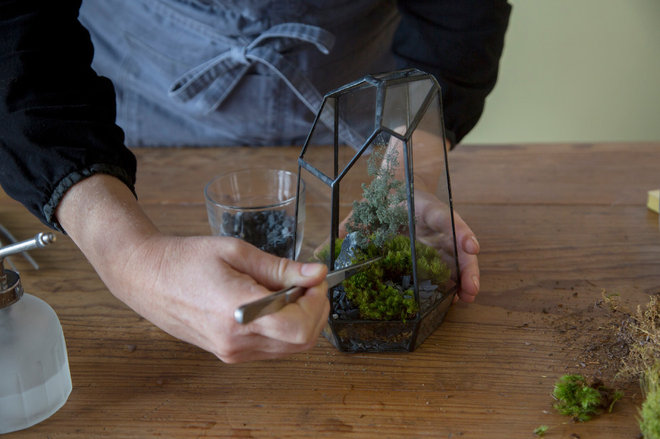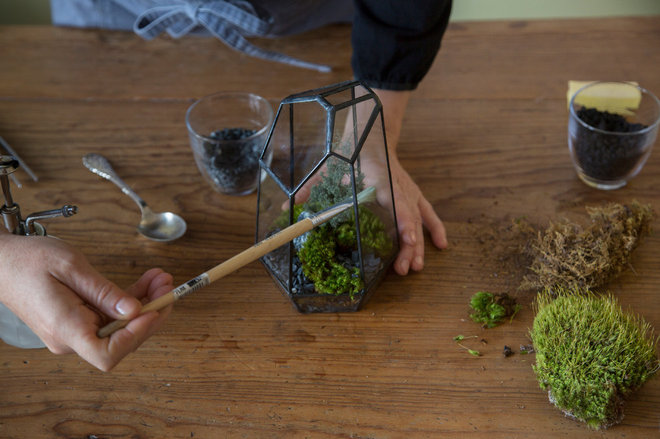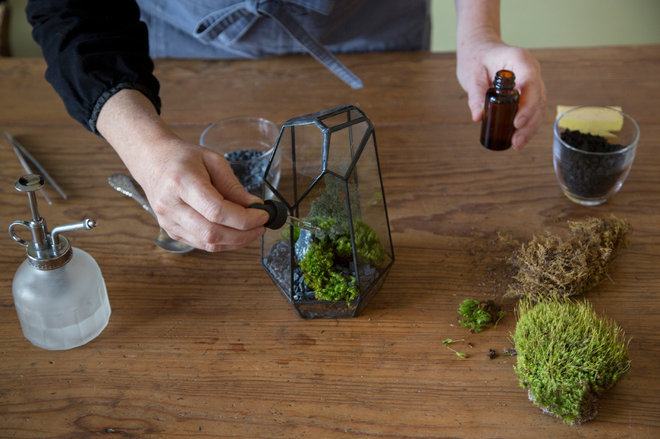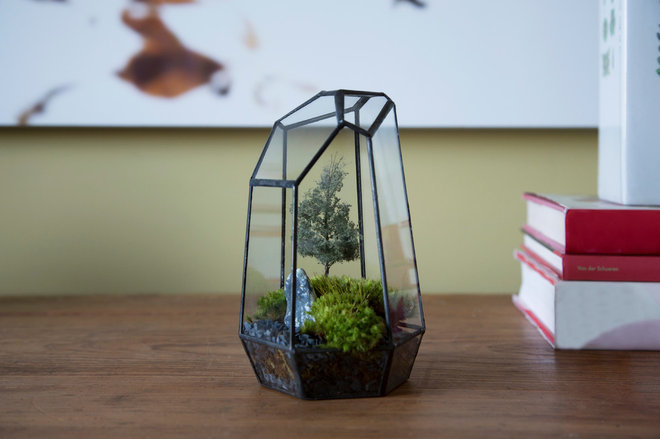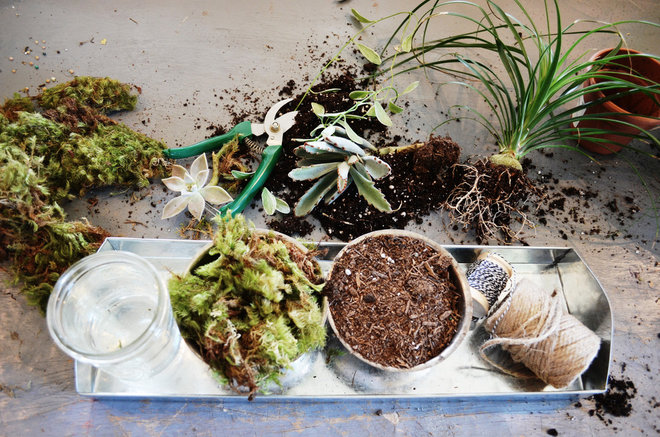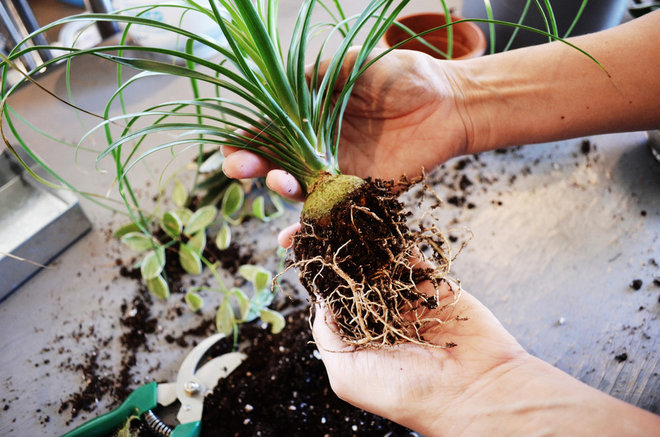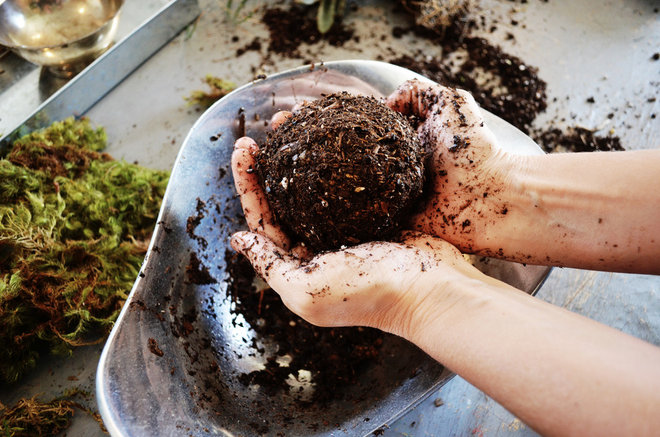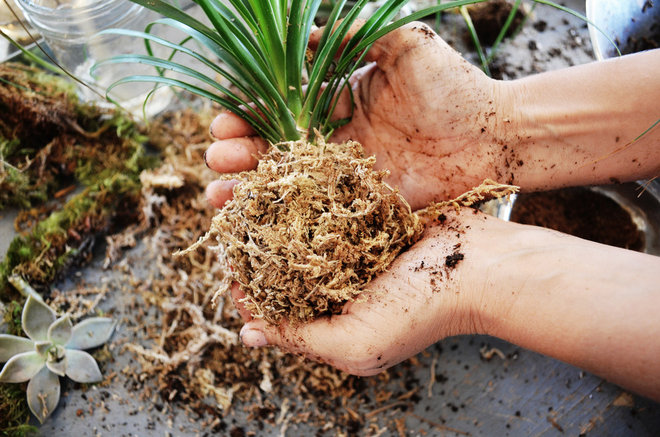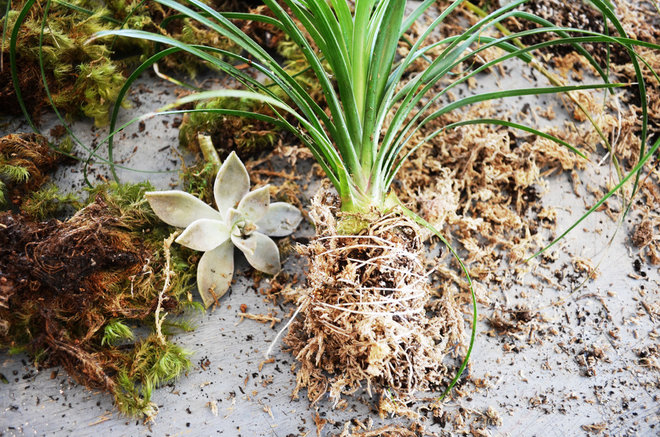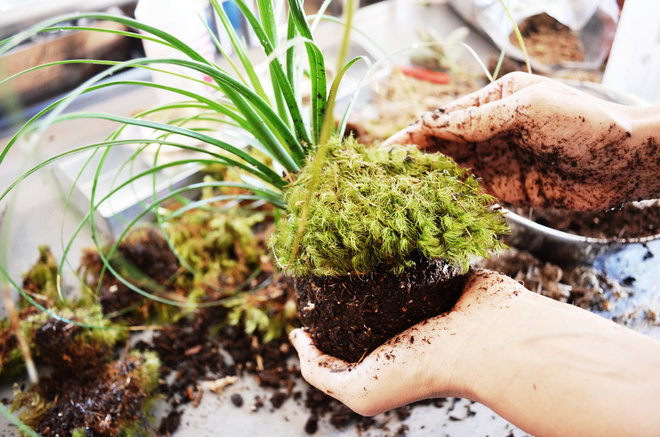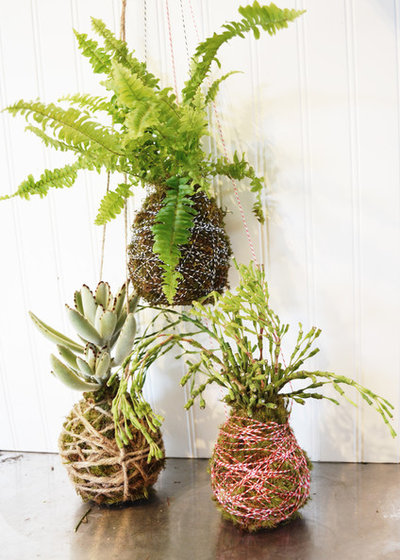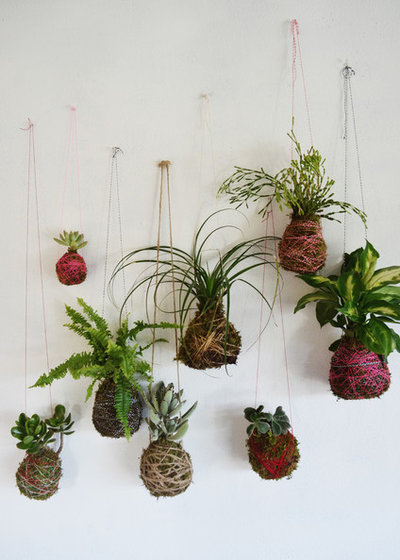مولتی متر
عضو جدید
یوگی و دوستان !!خوبه کاصن عالیه، قراره ی شعبه یوگا بیاد اینجا
یوگی و دوستان !!خوبه کاصن عالیه، قراره ی شعبه یوگا بیاد اینجا
چقدر سر و صدا می کنید! آرامشم به هم خورد!!
قابلمه به قابلمه میگه روت سفید !کی به کی میگه سر وصدا می کنین
سلام دوستان
یه سووال دارم
تاپیکی برای درخواست طراحی برای باغچه داریم یا نه؟
راستش یکی از همسایه ها از من خواسته باغچه اش رو طراحی کنم ...
منم فکر کردم خوبه که از دوستان توی ایزان بخوام یه طرح توپ بهم بدن که پوز اینا زده شه.
ممنون میشم کمک منید.
قربان شما
امین رخ
سلامسلام دوستان
یه سووال دارم
تاپیکی برای درخواست طراحی برای باغچه داریم یا نه؟
راستش یکی از همسایه ها از من خواسته باغچه اش رو طراحی کنم ...
منم فکر کردم خوبه که از دوستان توی ایزان بخوام یه طرح توپ بهم بدن که پوز اینا زده شه.
ممنون میشم کمک منید.
قربان شما
امین رخ
چه خبرا چیکارا میکنی؟ دکتر شدی ؟هِلووووووووووووووووووووو مای فِرزندززززززززززززززززززززززز
هَو آر یووووووووووووووووووووووووووووووو
:دی تتلویی

دکتر !!!چه خبرا چیکارا میکنی؟ دکتر شدی ؟
 بلده آمپول بزنه؟
بلده آمپول بزنه؟اینجا مهندسانه، اندیشمندان یه جای دیگس!سلام اندیشمندان...
کسی نرم افزار NTSYS v رو داره!؟!؟ بده در راه خدا..
سلومتی. دعا به جونت. نه هنو موندهچه خبرا چیکارا میکنی؟ دکتر شدی ؟

واااا!دکتر !!!بلده آمپول بزنه؟
مگه دکترا فقط آمپول میزنن؟!

سلامسلام اندیشمندان...
کسی نرم افزار NTSYS v رو داره!؟!؟ بده در راه خدا..
یعنی مهندسا هم بلدن آمپول بزنن؟مگه دکترا فقط آمپول میزنن؟!
کانال آب؟؟هِلووووووووووووووووووووو مای فِرزندززززززززززززززززززز زززز
هَو آر یوووووووووووووووووووووووو ووووووو
:دی تتلویی
سلومتی. دعا به جونت. نه هنو مونده
واااا!
والا!
عاغا تو کانال من عضو بشید


سلامسلام خوبین همه؟؟؟
از یجا کپی کردم اینو هر کی فهمید جایزه داره


مگه الان دو زمانی هست؟؟سلام . عید همه مبارک
یه زمانی همه آشنا بودن اینجا
